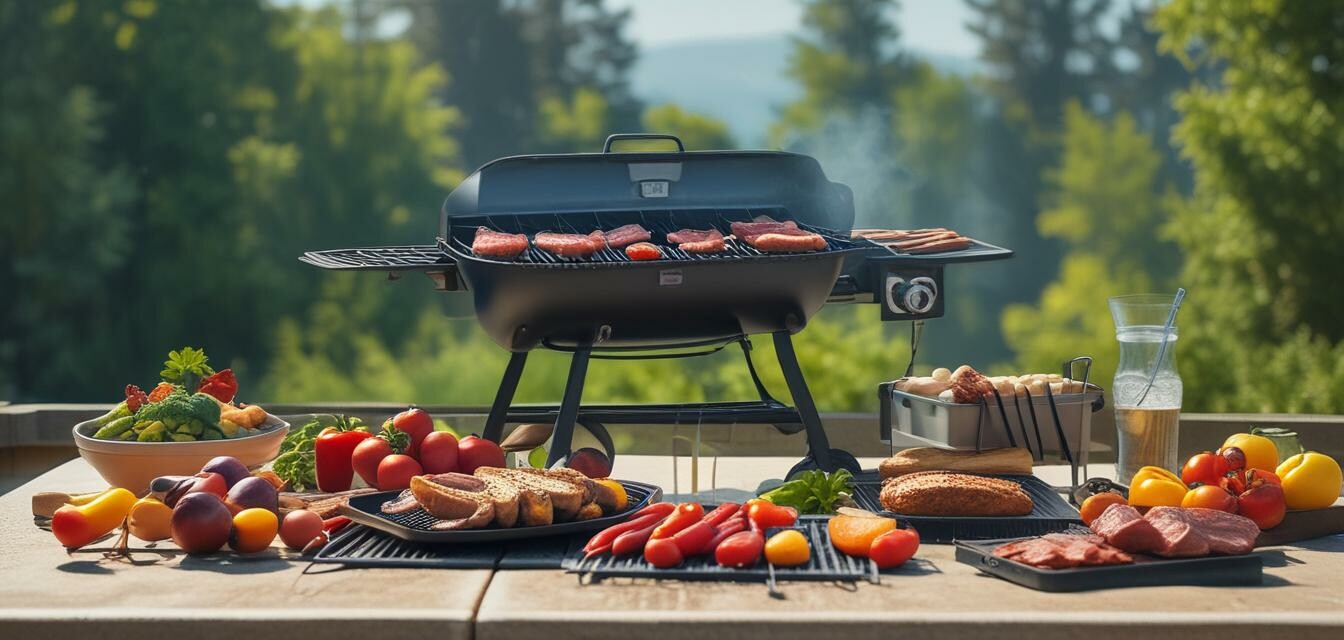
Essential Cooking Techniques for Grilling
Key Takeaways
- Understand the different grilling techniques for various foods.
- Learn about indirect and direct grilling methods.
- Master temperature control for perfect grilling results.
- Explore essential tools and accessories to enhance your grilling experience.
As summer approaches, many of us look forward to enjoying delicious grilled meals. Whether you’re a novice or an experienced griller, mastering essential cooking techniques for grilling can elevate your outdoor cooking experience. In this article, we’ll explore key grilling techniques that will help you perfect your skills and create mouthwatering dishes with ease.
Understanding the basics of grilling
Grilling is an art that involves cooking food over an open flame or hot coals. Here are the fundamental concepts to get you started:
- Direct grilling: This involves placing food directly over the heat source. It’s ideal for foods that cook quickly, like steaks, burgers, and vegetables.
- Indirect grilling: This technique uses heat surrounding the food rather than direct contact. It's perfect for larger cuts of meat that require longer cooking times, like whole chickens or roasts.
Essential grilling techniques
Let’s dive deeper into the essential grilling techniques every outdoor chef should know:
1. Marinating and seasoning
Marinating your meats and vegetables not only adds flavor but also enhances tenderness. Here are some quick tips:
- Choose acidic ingredients like vinegar or citrus juice for marinades.
- Allow meats to marinate for at least 30 minutes; overnight for best results.
- Season your food generously with salt and spices before grilling.
2. Preheating your grill
Preheating is a crucial step in grilling. Follow these steps:
- Clean the grill grates to remove any debris.
- Light the grill and set it to high heat.
- Close the lid and preheat for 10-15 minutes.
3. Properly arranging the grill
Proper grill arrangement ensures even cooking. Here's how you can set it up:
| Heat Zone | Position | Food Types |
|---|---|---|
| High Heat | Directly over the flame | Steaks, burgers, vegetables |
| Medium Heat | Off to the side | Chicken, fish |
| Low Heat | On the cooler side of the grill | Ribs, larger cuts of meat |
4. Managing temperature
Mastering temperature control is critical to perfection while grilling. Here are some pointers:
- Use a meat thermometer to check internal temperatures.
- Understand the differences between cooking temperatures for various meats. Here’s a quick reference:
| Meat Type | Recommended Internal Temperature |
|---|---|
| Beef (steak) | 145°F |
| Chicken | 165°F |
| Pork | 145°F |
Tools and accessories for grilling
Investing in the right tools can significantly improve your grilling experience. Here are some must-have items:
- Long-handled tongs for flipping and moving food.
- A basting brush for applying sauces and marinades.
- A good quality meat thermometer for accurate readings.
- Grill grate scraper or wire brush for cleaning.
Grilling safety tips
Safety is paramount when it comes to grilling. Keep these tips in mind:
- Always grill outdoors in a well-ventilated area.
- Keep a fire extinguisher nearby.
- Never leave the grill unattended while in use.
Wrapping it up
Grilling is a popular cooking technique that can bring friends and family together over delicious meals. By mastering essential cooking techniques, you can not only impress with your culinary skills but also create a memorable dining experience. Don’t forget to explore our other articles in our Cooking Tips & Techniques category for more valuable insights!
Pros
- Easy to learn with practice.
- Creates delicious flavors through smoke and char.
- Encourages outdoor socializing.
Cons
- Weather-dependent.
- Requires ongoing attention to avoid burning.
- Can be challenging for new cooks.